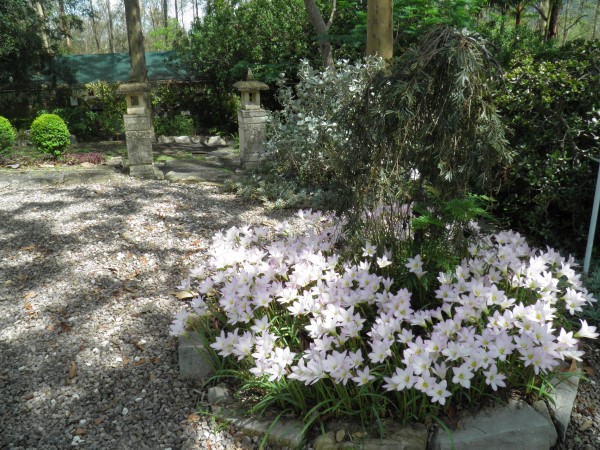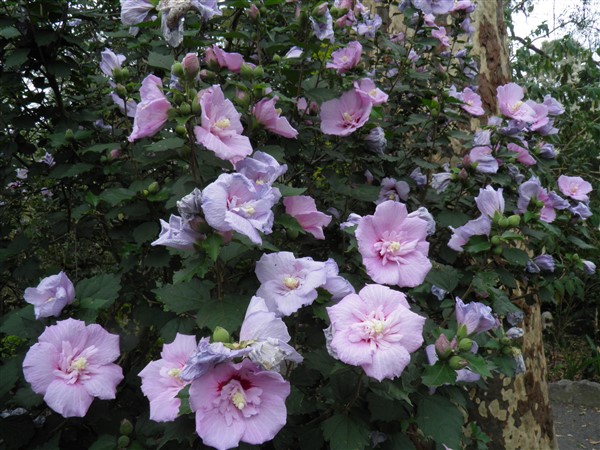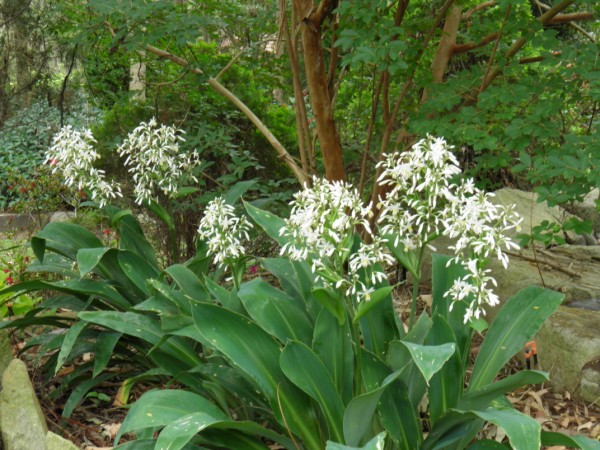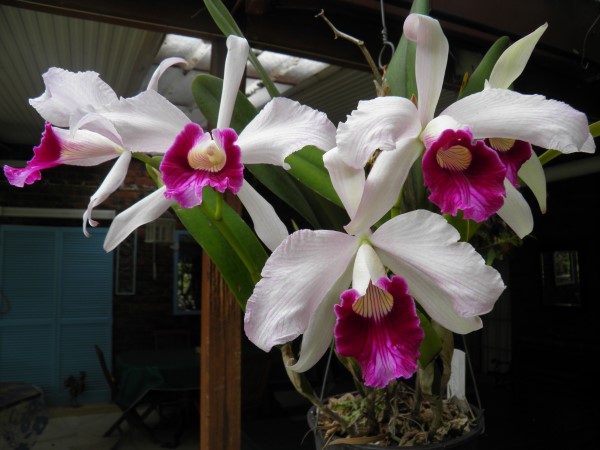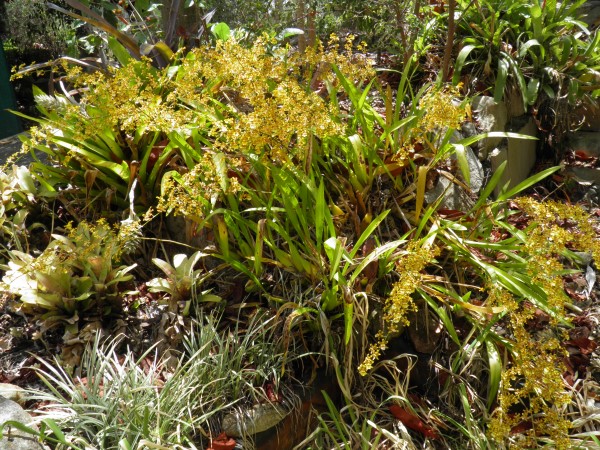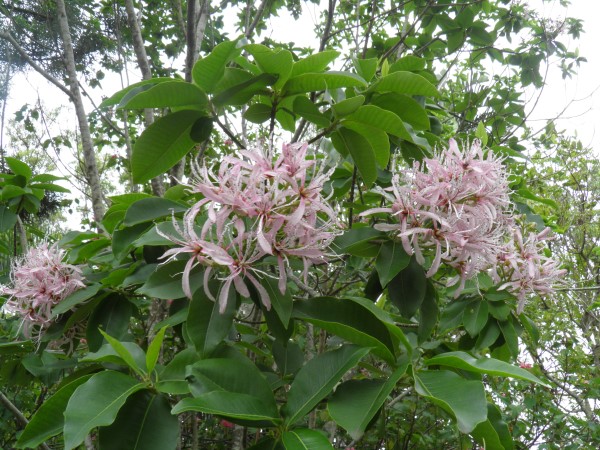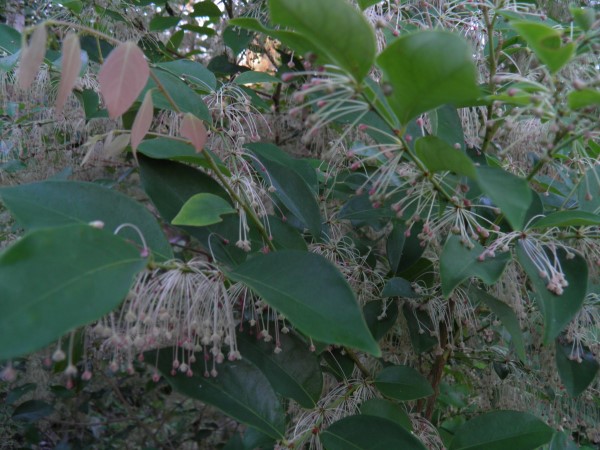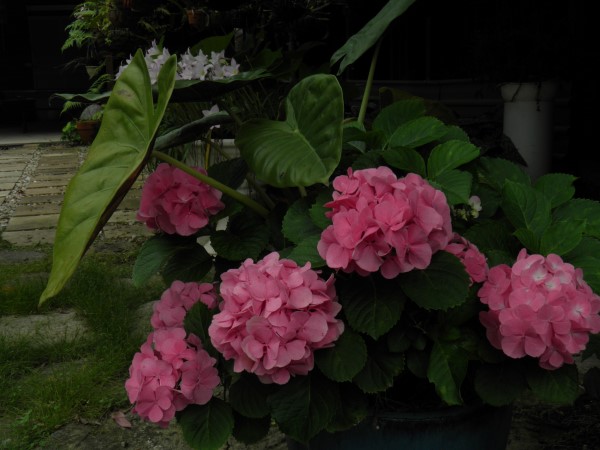

HIBISCUS SYRIACUS
ARTHROPODIUM
RENGA RENGA LILY
RENGA RENGA LILY
CALODENDRUM CAPENSE
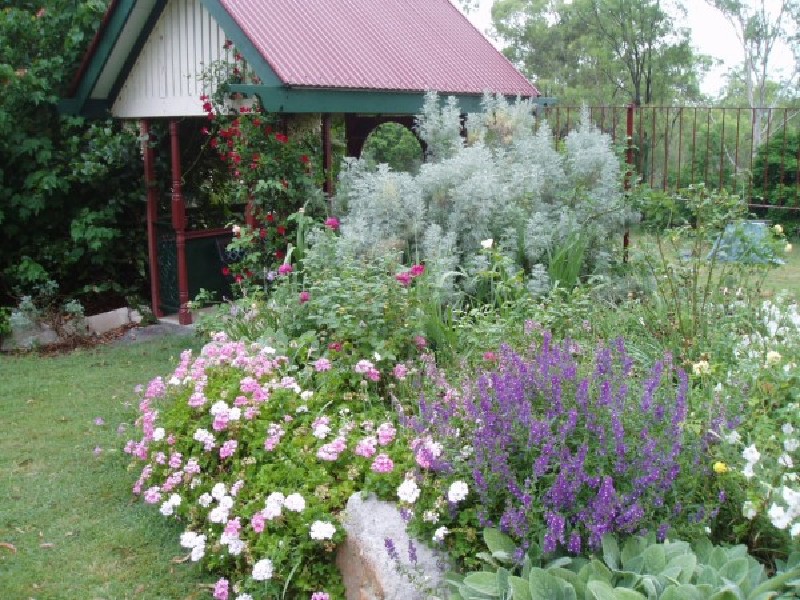
THIS MONTH
IN THE GARDEN
with Jan
NOVEMBER
IN THE GARDEN
with Jan
NOVEMBER
LAELIA PURPURATA ORCHID
ONCIDIUM SPHACELATUM
PHYLLANTHUS CUSCUTIFLORUS
Let nature be your guide
HYDRANGEA
|
Shrubs/Trees Abutilon Alloxylon flammeum Barklya syringifolia Bolusanthus speciosus Bougainvillea Brachychiton Brillantasia Brugmansia Buddleia Calodendrum capense Clerodendrun Dombeya calanthe Echium Eremophila Flindersia australis Frangipani Gardenias Grevillea Grevillea robusta Hibiscus Hydrangea Ixoras Jacarandas Justicia Leucophyllum Little Evodia Lorapetalum Nerium oleander Photinia Phyllanthus cuscutiflorus Polygala Punica granatum Pseudobombax ellipticum Psydrax odorata Robinia Pseudo-acacia ‘freesia’ Rondeletia Roses Schotia brachypetala Spiraea cantoniensis Tabebuia rosea Thunbergia erecta |
Perennials Acanthus Mollis Angelonia Anigozanthos Centranthus Cleome Coleus Coreopsis Daisies Dianthus Gaura Gerberas Heliotrope Impatiens Justicia Lavender Leonitis Oenothera Nasturtium Nepeta Nicotiana Pachystachys Pelargoniums Pentas Plectranthus Russellia Salvias Scutellaria Torrenia Turnea Waterlillies Succulents Epiphyllum Euphorbia Pachypodium |
Orchids Dendrobium (Thai species) Cattleya Oncidium Phaius Phalaenopsis Vandas Bulbs Agapanthus Arthropodium (Renga Renga Lilies) Cannas Clivea Crinum Curcuma (Cape lily) Habranthus (Rain lilies) Hemerocallis (Day Lilies) Hippeastrum Lilliums Rhodophiala Scadoxus multiflorus Sprekelia Vines Campsis grandiflora Dalechampia Mandevillea Maurandya Trachelospernum jasminoides Petrea volubilis Bromeliads Aechmea Billbergia Guzmania Hohenbergia Portea Quesnelia Tillandsia Vriesia |
Spring has been very dry so far with violent storms and winds and little rain. It is important to mulch, so that when the rain does come the mulch will help keep the moisture in, feed the soil and prevent the heavy downpours washing the soil.
A DRY SPRING
There are several good things about the dry; You can see what is surviving, you can see where you have to mulch, it is much easier to cut back and there is plenty of mulch from the cuttings and all the leaves that are falling. Nature is creating mulch in this dry time with all the leaves, so we should follow suit and use them as mulch.
Soil with added organic mulch does not dry out as much as soil without.
Of course, cutting back creates cuttings and this is also the perfect time to put in cuttings in case you lose anything and to provide extra plants for your own garden and friends.
There is no point in watering the lawn as it will come back and the good thing is, there is no mowing or whipper snippering needed. Plants may need an extra water to keep them going and I have put my sprinklers on to three times a week instead of twice. The slopes that do not get watered will also survive until it rains.
The trees of course will survive and you will find that they will grow taller as their roots go deeper into the ground. The shrubs that have finished flowering like the Roldana, Spiraea, Megakepasma (Brazilian Cloak), Ruttya and Bartlettina can all be cut back quite severely and mulched.
The Cliveas and Hippeastrums are putting on a show and they love leaf mulch as their bulbs sit proud in the ground and heavy mulch is not good for them.
The rains will come and usually for us here in the South East in heavy torrents, so make sure that all your drains are working well and if you are catching the water in the water tanks, sieves need to be checked. Paths can have coarse mulch put on so that they don’t wash.
JOBS TO DO
A great time to take cuttings of perennials, shrubs and divide clumps of Cliveas, Hippeastrums and irises. I find it easier to dig up the whole clump of Cliveas and shake the soil and gently pull them apart as their roots are usually a tangled mess.
The roses can be cut back if there is moisture in the soil and the Banksian Rose also needs a good trim
Cutting back all the shrubs that flowered early spring like Spriaea cantoniensis that you haven’t done already and trimming the hedges.
ORCHIDS
The Phalaenopsis orchids are putting on a great show and will need to be misted every day now that the warm weather has arrived. This is best done early morning. Check to make sure that there are no weeds growing in the potting mix as that indicates the bark has broken down and there is soil in the mix which spells disaster for orchid roots. In this situation repot the orchid into a pot a little bigger than the root system. All orchids that have outgrown their pots can be re-potted now
Make sure that your orchids are getting plenty of air movement as this keeps viruses at bay in this humid weather. This can be done by hanging them but still making sure they are getting the right amount of light or sun.
IN THE VEGETABLE GARDEN
In the vegetable garden, plant seeds or seedlings of beans, zucchini, tomatoes, egg plants, basil and Chinese cabbage directly into the garden beds.
Basil will help keep insects at bay and attract beneficial insects. There is a great perennial basil that grows throughout the seasons. Just cut it back after flowering. It is nice to add the sweet basil in spring to your vegetable or herb garden.
Lettuce seedlings should be growing well but will appreciate some shade. The vegetable garden will need to be watered each day if it doesn’t rain. The pumpkin and melons should be setting fruit now and you could put more seeds in if you can store them.
Good Gardening
Jan
A DRY SPRING
There are several good things about the dry; You can see what is surviving, you can see where you have to mulch, it is much easier to cut back and there is plenty of mulch from the cuttings and all the leaves that are falling. Nature is creating mulch in this dry time with all the leaves, so we should follow suit and use them as mulch.
Soil with added organic mulch does not dry out as much as soil without.
Of course, cutting back creates cuttings and this is also the perfect time to put in cuttings in case you lose anything and to provide extra plants for your own garden and friends.
There is no point in watering the lawn as it will come back and the good thing is, there is no mowing or whipper snippering needed. Plants may need an extra water to keep them going and I have put my sprinklers on to three times a week instead of twice. The slopes that do not get watered will also survive until it rains.
The trees of course will survive and you will find that they will grow taller as their roots go deeper into the ground. The shrubs that have finished flowering like the Roldana, Spiraea, Megakepasma (Brazilian Cloak), Ruttya and Bartlettina can all be cut back quite severely and mulched.
The Cliveas and Hippeastrums are putting on a show and they love leaf mulch as their bulbs sit proud in the ground and heavy mulch is not good for them.
The rains will come and usually for us here in the South East in heavy torrents, so make sure that all your drains are working well and if you are catching the water in the water tanks, sieves need to be checked. Paths can have coarse mulch put on so that they don’t wash.
JOBS TO DO
A great time to take cuttings of perennials, shrubs and divide clumps of Cliveas, Hippeastrums and irises. I find it easier to dig up the whole clump of Cliveas and shake the soil and gently pull them apart as their roots are usually a tangled mess.
The roses can be cut back if there is moisture in the soil and the Banksian Rose also needs a good trim
Cutting back all the shrubs that flowered early spring like Spriaea cantoniensis that you haven’t done already and trimming the hedges.
ORCHIDS
The Phalaenopsis orchids are putting on a great show and will need to be misted every day now that the warm weather has arrived. This is best done early morning. Check to make sure that there are no weeds growing in the potting mix as that indicates the bark has broken down and there is soil in the mix which spells disaster for orchid roots. In this situation repot the orchid into a pot a little bigger than the root system. All orchids that have outgrown their pots can be re-potted now
Make sure that your orchids are getting plenty of air movement as this keeps viruses at bay in this humid weather. This can be done by hanging them but still making sure they are getting the right amount of light or sun.
IN THE VEGETABLE GARDEN
In the vegetable garden, plant seeds or seedlings of beans, zucchini, tomatoes, egg plants, basil and Chinese cabbage directly into the garden beds.
Basil will help keep insects at bay and attract beneficial insects. There is a great perennial basil that grows throughout the seasons. Just cut it back after flowering. It is nice to add the sweet basil in spring to your vegetable or herb garden.
Lettuce seedlings should be growing well but will appreciate some shade. The vegetable garden will need to be watered each day if it doesn’t rain. The pumpkin and melons should be setting fruit now and you could put more seeds in if you can store them.
Good Gardening
Jan
WHAT IS FEATURING IN THE GARDEN IN NOVEMBER:
